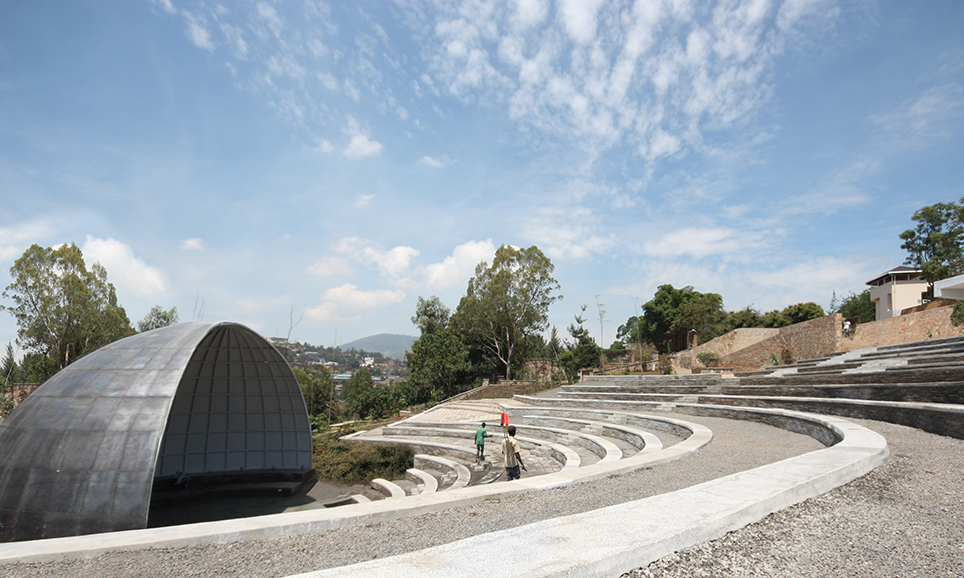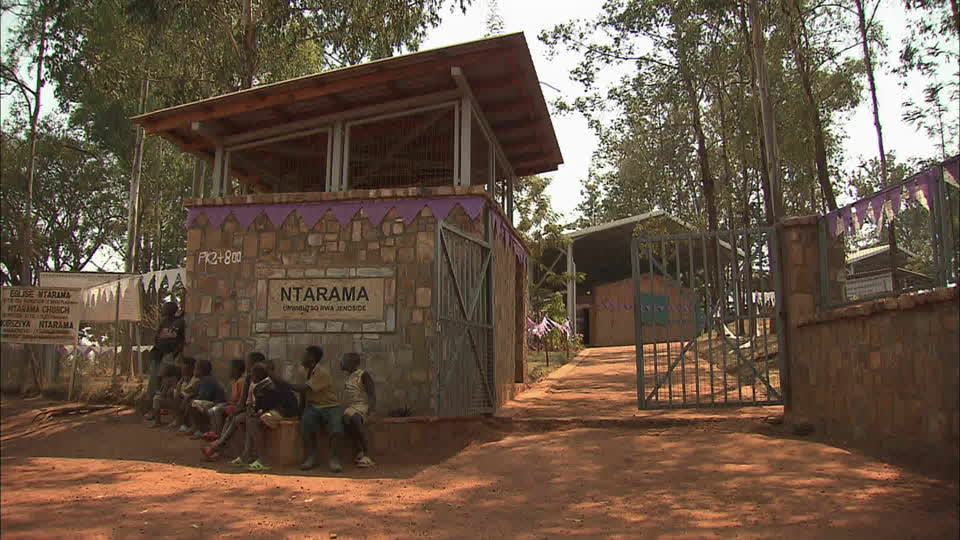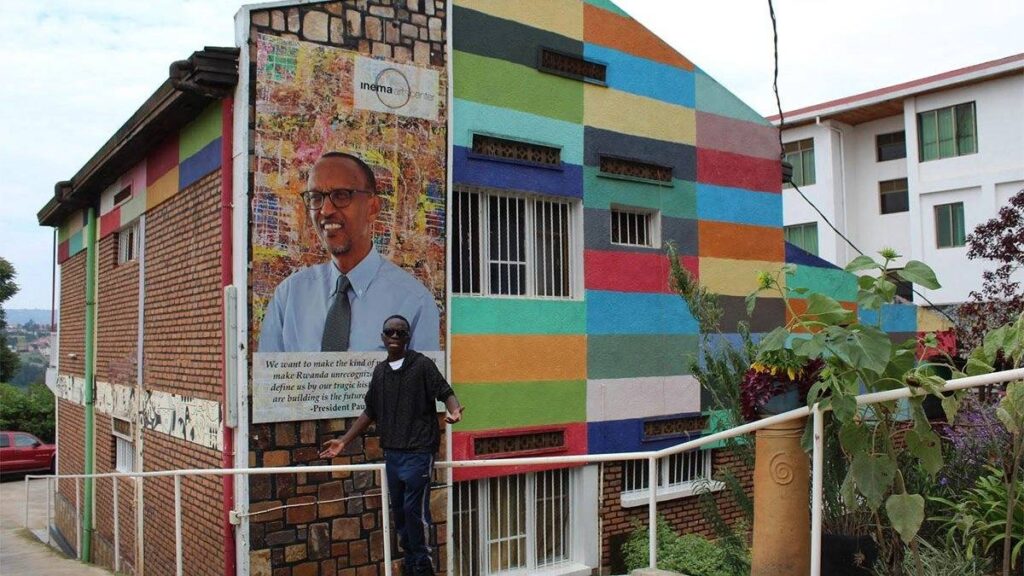The Top 7 Best Museums In Kigali
The Top 7 Best Museums in Kigali: Kigali, a bustling metropolis, is regarded as one of Africa’s cleanest and safest capitals. It is, nevertheless, also linked to its horrific historical events, particularly the 1994 Rwandan Genocide, which killed around a million people. Since many of Kigali’s museums and memorials are there to remember the victims of the genocide, visits there can be extremely distressing. After exploring this horrific chapter of Rwandan history, visit Kigali’s lesser-known museums to discover more about the country’s colonial past, rich cultural traditions, and thriving contemporary art scene.
Most Rwandan museums are closed on April 7th, Tutsi Genocide Memorial Day, and the last Saturday of each month, Umuganda, a national holiday designated for mandatory community work. The top seven museums in Kigali that are worth seeing are as follows:

Genocide Memorial in Kigali
Over the course of approximately 100 days, starting on April 7, 1994, the Hutu government’s militias slaughtered almost a million Rwandans, the bulk of whom were Tutsis. Visitors can learn more about the causes and consequences of the Rwandan Genocide at the Kigali Genocide Memorial, which features three exhibition halls dedicated to the Rwandan Genocide and massacres in Namibia, Armenia, Cambodia, and Europe. In addition to teaching visitors about what transpired and how to stop tragedies in the future, the museum aims to honor the victims. It also acts as the last resting place for more than 250,000 victims of genocide who are buried in mass graves on the grounds. After a guided tour of the museum, pay your respects at the graveyard and the wall of names that surrounds it. The memorial is open every day from 8 a.m. to 5 p.m. and admission is free.
Protest against the Genocide Museum
The Campaign against Genocide Museum is located in the Kigali Parliamentary Building. This is where 600 members of the Rwanda Patriotic Army (RPA) were kept when they came to the capital in December 1993 to help implement the new transitional unity government established by the Arusha Accords. But, after first-world nations mostly failed to assist, genocide broke out before the government could be set up, leaving the soldiers as the Tutsis’ only line of defense. The troops’ bravery and the lives they saved by ending the genocide in July 1994 are commemorated in the monument’s exhibits and statues. The RPA was led by current Rwandan President Paul Kagame, who opened the memorial museum in their honor in 2017. The museum is open daily from 8 a.m. to 5 p.m.; entrance costs 4,500 francs ($4.50).
Memorial for Belgian Peacekeepers
The 10 Belgian peacekeepers who served with the United Nations Assistance Mission for Rwanda (UNAMIR) and were slain on April 7, 1994, in one of the first atrocities of the genocide are remembered by the Belgian Peacekeepers Memorial, sometimes called the Camp Kigali Belgian Memorial. The soldiers were sent to Rwanda to help execute the Arusha Accords, but they were killed while trying to protect Rwandan Prime Minister Agathe Uwilingiyimana from the militia. Belgium pulled its forces out of UNAMIR after Uwilingiyimana, her husband, and all ten soldiers were killed on April 12. The ten stone pillars, one for each of the fallen peacekeepers, and the bullet-riddled building where the killings occurred are now visible to visitors.
The Genocide Memorial at Ntarama

To get a deeper sense of the genocide’s repercussions, head to Ntarama Church, which is 50 minutes south of Kigali. On April 15, 1994, 5,000 Tutsi parishioners sought sanctuary in the church, but were brutally killed there instead. The misaligned window panes and missing masonry from the Hutu militia’s break-in at the church today are still visible to visitors. Human skulls and bones, along with the victims’ blood-stained clothing, cover one wall. Going to the church is still a gory experience for many individuals because they still link it with dread and fear. However, the planted gardens provide a space for reflection, and a wall of names acts as a more personal memorial for the few individuals who could be identified following the slaughter. The church is open from 8 a.m. to 4 p.m. every day.
Museum of Kandt House
The museum is called the Kandt House and is located inside the home of Richard Kandt, the first colonial governor of Rwanda. Through three distinct displays, each containing vintage photographs and objects, it offers a window into Rwandan history. The political, social, and economic facets of life in Rwanda before colonization are depicted in the first. The second focuses on the events of the colonial era, first under Germany and later under Belgium. It is especially fascinating since the exhibit shows how colonial officials used racial tensions to hold onto power, laying the groundwork for the genocide that followed. The history of Kigali, including its 1962 inauguration as Rwanda’s capital, is covered in the third section. It is open from 8 a.m. to 6 p.m. every day and costs 6,000 francs, or around $6, to enter.
Museum of Rwandan Art
Located east of Kigali International Airport, in the former Presidential Palace, is the Rwanda Art Museum, which opened its doors in 2018. With pieces ranging from paintings and sculptures to ceramics and mixed media, it is essentially a museum of contemporary art. In addition to its permanent collection, which features pieces by Rwandan and foreign artists, the museum frequently conducts temporary exhibitions. It also features an Art Kids’ Studio where children can participate directly in artistic activities. In the lawn of the former palace, one can see the solitary remnant of the presidential plane that was shot down over Kigali on April 6, 1994, killing then-president Juvénal Habyarimana and sparking the Rwandan Genocide. The museum costs 6,000 francs to enter and is open daily from 8 a.m. to 6 p.m.

The Inema Arts Center
If you want to view contemporary art without venturing outside the city center, head to the Inema Arts Center. Established in 2012 by brothers and self-taught artists, this gallery has become a hub for Rwandan artistic expression. It provides space for ten resident artists to develop and display their creations in a permanent show that often includes brand-new sculptures and paintings. This means that the general people can look at the products, purchase them, and get a chance to talk to the designers. The gallery regularly hosts workshops and training programs to assist up-and-coming artists. It also hosts Tuesday, Thursday, and Sunday dance performances, Wednesday yoga sessions, and Thursday happy hours. Daily hours for the Inema Arts Center are 8:30 a.m. to 6:30 p.m.



